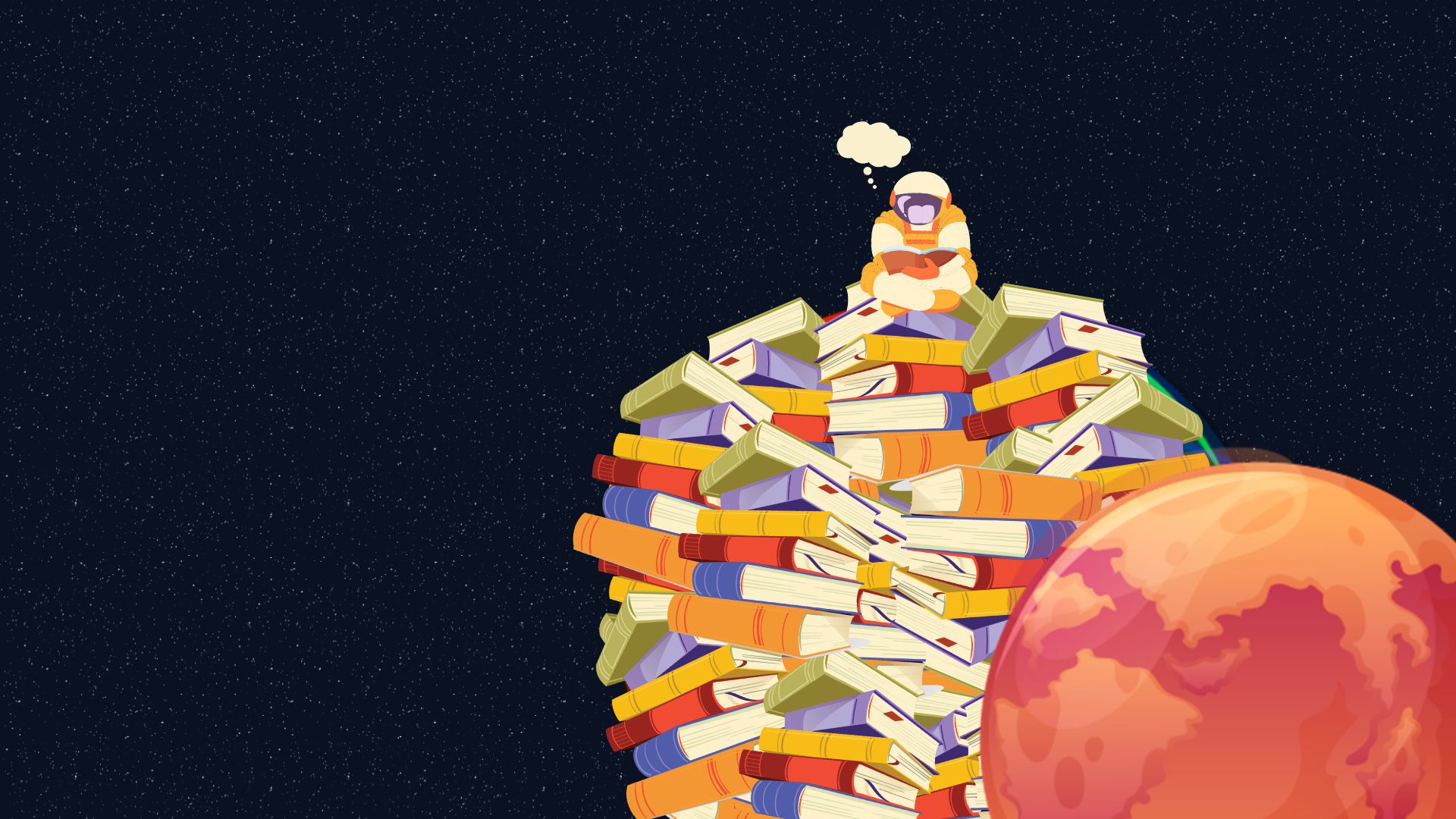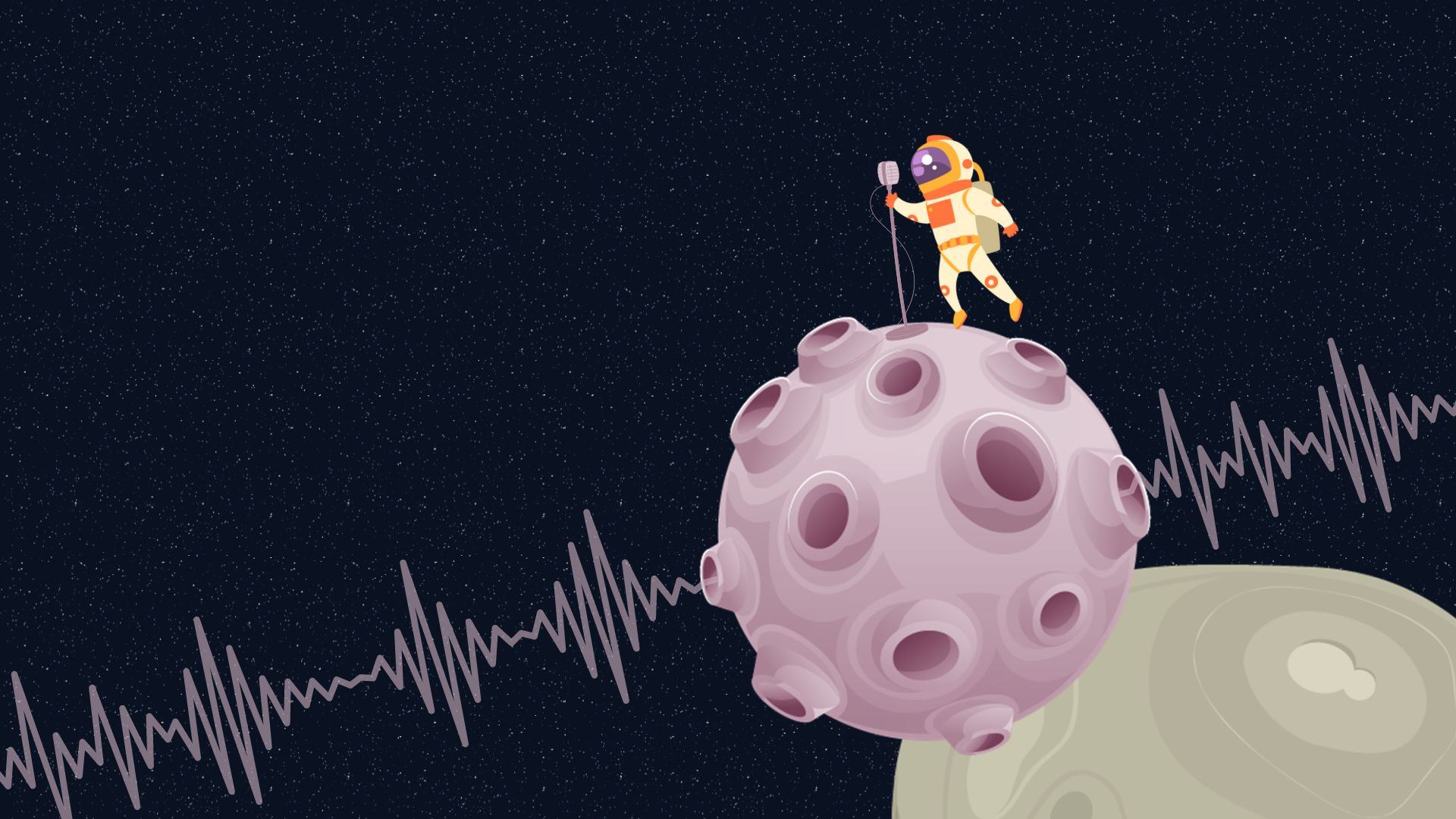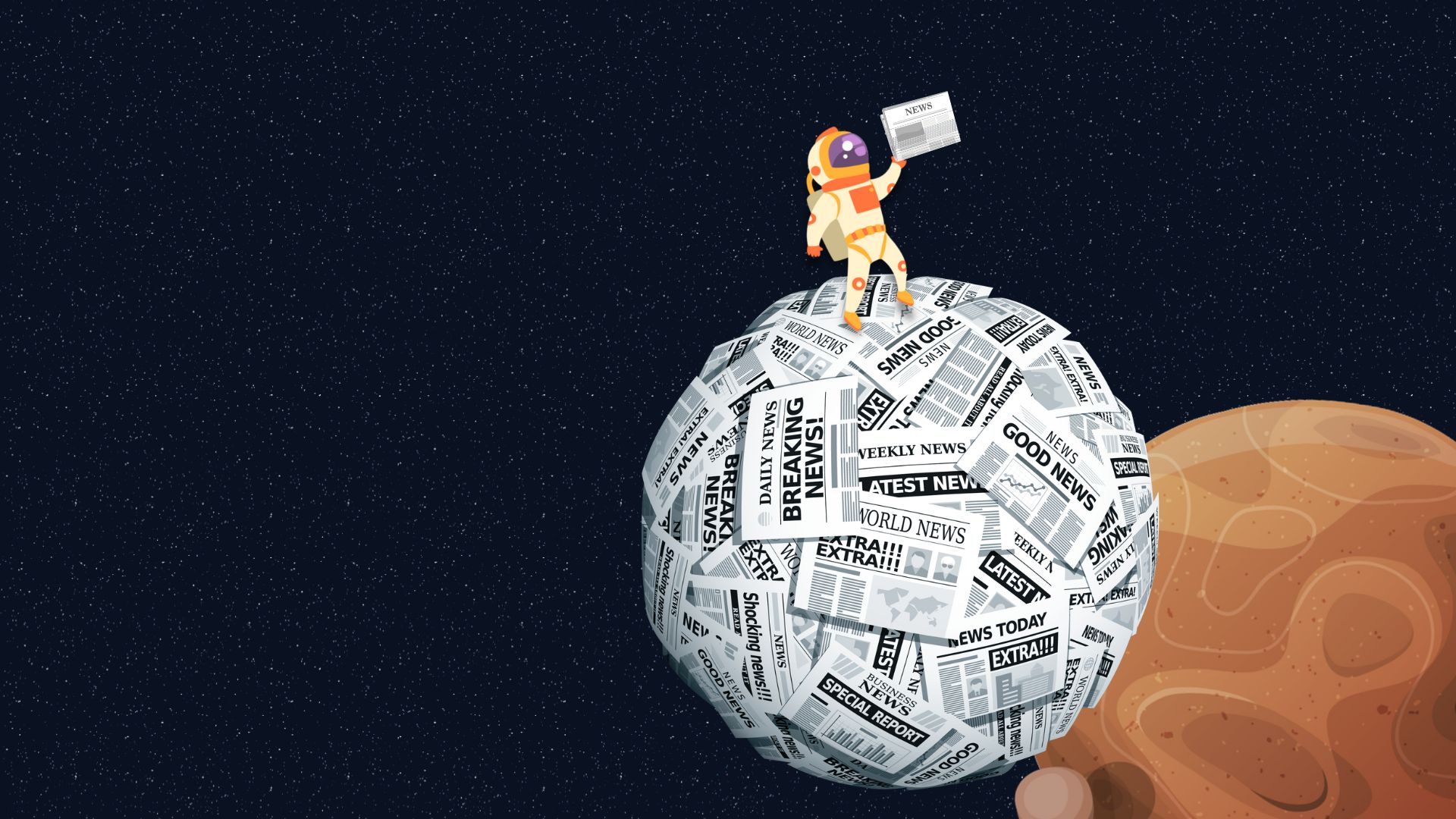Poetry has the unique ability to capture the essence of an experience and transport the reader to another world. One of the most powerful tools that poets use to create this effect is imagery. By using visual language, sensory details, and figurative language, poets can paint pictures with words and create vivid and memorable experiences for readers.
What is imagery in poetry?
Imagery in poetry is the use of language to create sensory experiences for the reader. This can include descriptions of sights, sounds, smells, tastes, and touch. Imagery can also be used to evoke emotions and create a specific mood or atmosphere.
How does imagery enhance poetry?
Imagery enhances poetry by creating a deeper and more meaningful experience for the reader. By using sensory details and figurative language, poets can bring their words to life and make their poems more engaging and memorable. Imagery can also help to convey complex emotions and ideas in a way that is accessible to readers.
Examples of imagery in poetry
Here are some examples of imagery in poetry:
- “The fog comes on little cat feet” – from “Fog” by Carl Sandburg
- “I wandered lonely as a cloud” – from “I Wandered Lonely as a Cloud” by William Wordsworth
- “The woods are lovely, dark and deep” – from “Stopping by Woods on a Snowy Evening” by Robert Frost
In each of these examples, the poet uses imagery to create a vivid and memorable experience for the reader.
Using imagery in your poetry
If you want to use imagery in your poetry, there are several poetic devices that you can use, including:
- Metaphors and similes – comparing two things to create a vivid image
- Personification – giving human characteristics to non-human objects
- Symbolism – using objects or images to represent abstract ideas
To use imagery effectively, you should also focus on using specific and sensory details. Instead of saying “the sky was beautiful,” try to describe the colours and patterns in the sky using vivid and precise language.
Conclusion
Imagery is a powerful tool that poets can use to create vivid and memorable experiences for readers. By using visual language, sensory details, and figurative language, poets can paint pictures with words and transport readers to another world. If you want to enhance your poetry and captivate your audience, try using imagery in your writing.
In conclusion, the power of imagery in poetry is undeniable. By using specific and sensory details, poets can create a deeper and more meaningful experience for readers. Whether you’re a seasoned poet or just starting out, incorporating imagery into your poetry can help you to create more engaging and memorable work.



